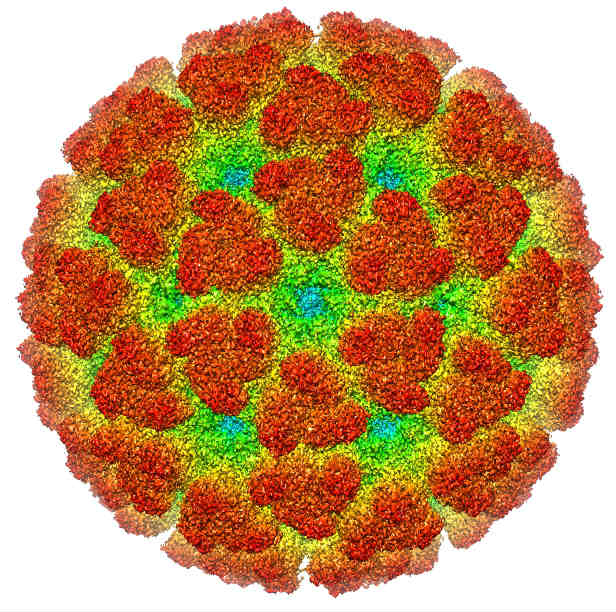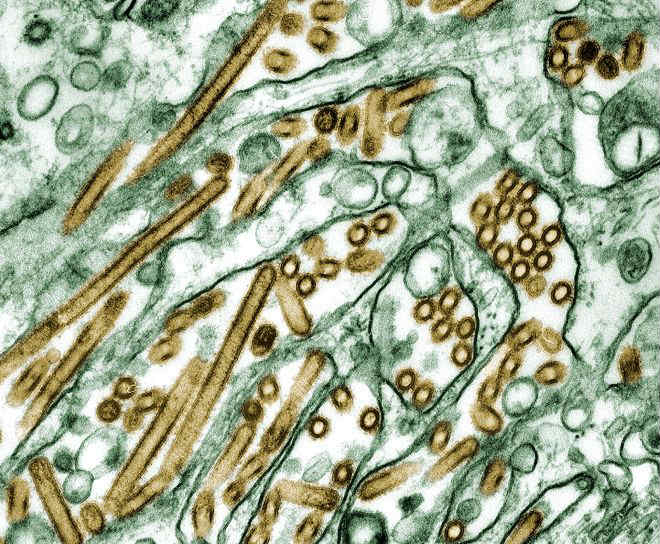- New test can efficiently detect virus present at very low levels.
- Test may be useful where diagnosis remains elusive after standard testing, or in situations in which the cause of a disease outbreak is unknown.
- Washington University is making the technology publicly available to clinics worldwide.
- New test is significantly more accurate and rapid than any other test currently available.
The Test
A new test detects virtually any virus that infects people and animals, according to a report published recently in on GenomeWeb, and a press release from the newsroom at Washington University School of Medicine in St. Louis where the test – the ViroCap – was developed.
“The ViroCap could end up being the biggest medical breakthrough in years, noted an article in Nature World Report.
“With this test, you don't have to know what you're looking for,” the study's senior author, Gregory Storch, MD, told the Washington University newsroom. Dr. Storch is the Ruth L. Siteman Professor of Pediatrics. “It casts a broad net and can efficiently detect viruses that are present at very low levels. We think the test will be especially useful in situations where a diagnosis remains elusive after standard testing or in situations in which the cause of a disease outbreak is unknown.”
Major Breakthrough
Results published online in September in the journal Genome Research demonstrate that in patient samples the ViroCap, which uses an encapsulated filter (Figure 1.) and can detect viruses not found by genome sequencing.

The new test could be used to detect outbreaks of viruses such as chikungunya (Figure 2), Ebola, Marburg, and severe acute respiratory syndrome (SARS), as well as more routine viruses, including rotavirus and norovirus, both of which cause severe gastrointestinal infections. The test could become useful in identifying the specific virus or viruses for each influenza season.
Expanded Uses
The test sequences and detects viruses in patient samples and is just as sensitive as the gold-standard polymerase chain reaction (PCR) assays, which are used widely in clinical laboratories. However, even the most expansive PCR assays can only screen for about 20 similar viruses at the same time.
In addition, because the test includes detailed genetic information about various strains of particular viruses, subtypes can be identified easily. For example, the study showed that while standard testing identified a virus as influenza A, which causes seasonal flu, the new test indicated that the virus was a particularly harsh subtype called H3N2, or the H5N1 virus pictured in Figure 3.
“It also may be possible to modify the test so that it could be used to detect pathogens other than viruses, including bacteria, fungi and other microbes, as well as genes that would indicate the pathogen is resistant to treatment with antibiotics or other drugs,” noted co-author Kristine Wylie, PhD, Assistant Professor of Pediatrics at the Washington University School of Medicine.
The research was funded by the National Institutes of Health.
